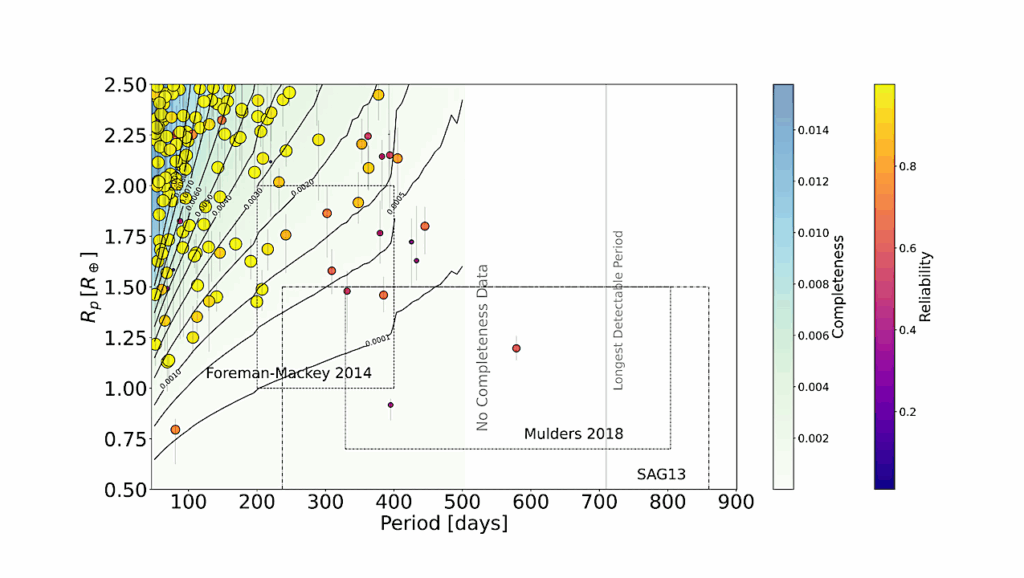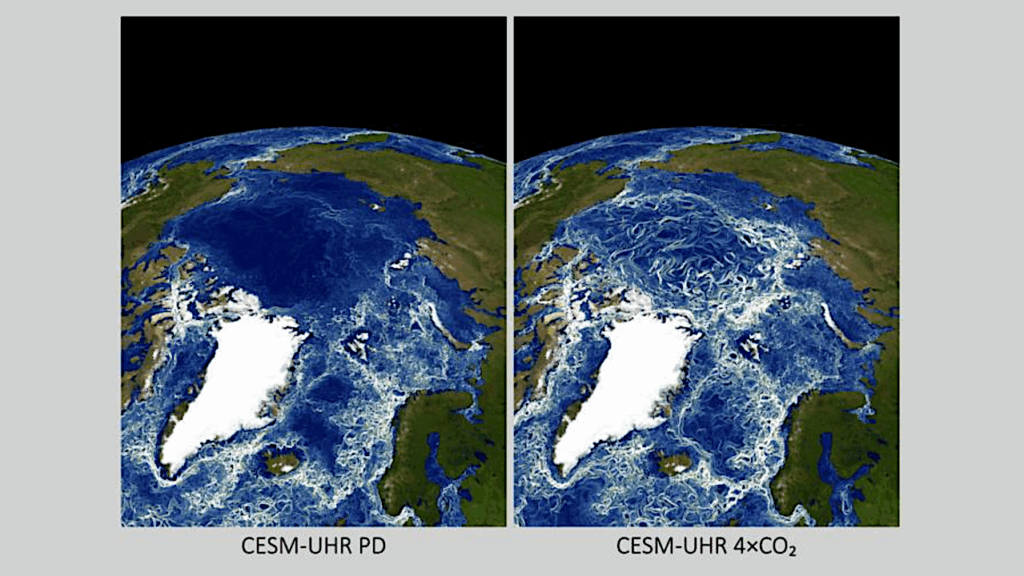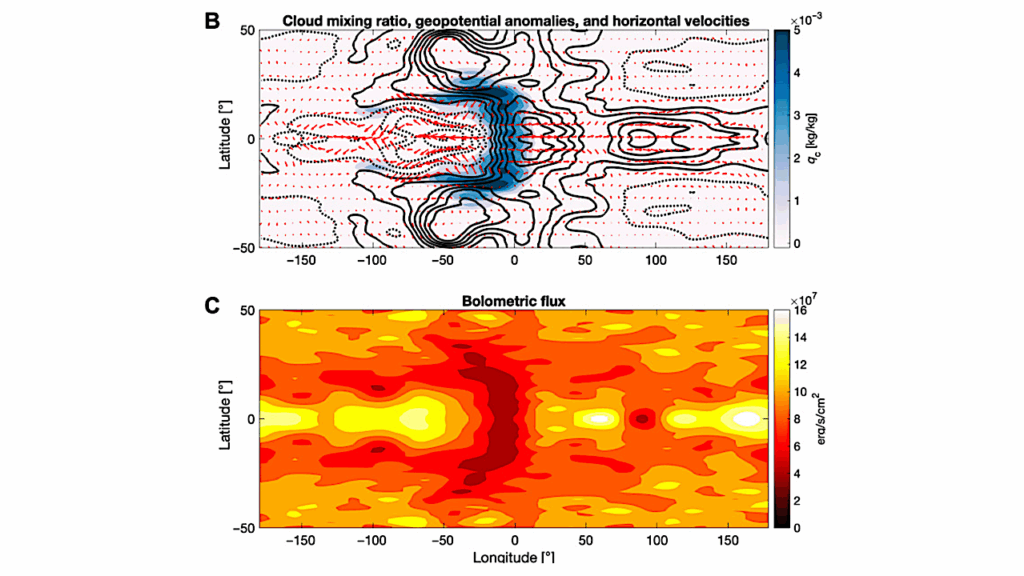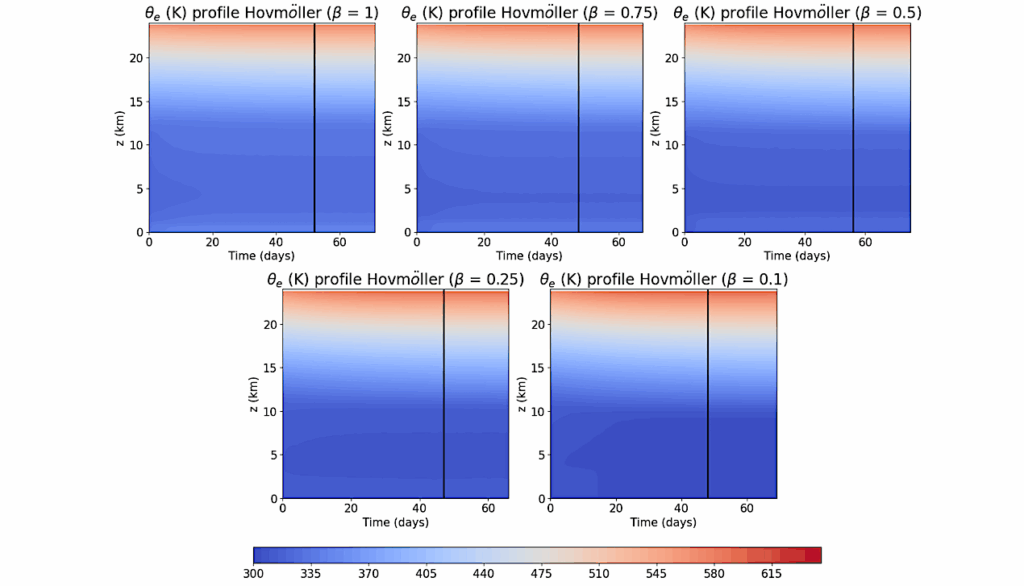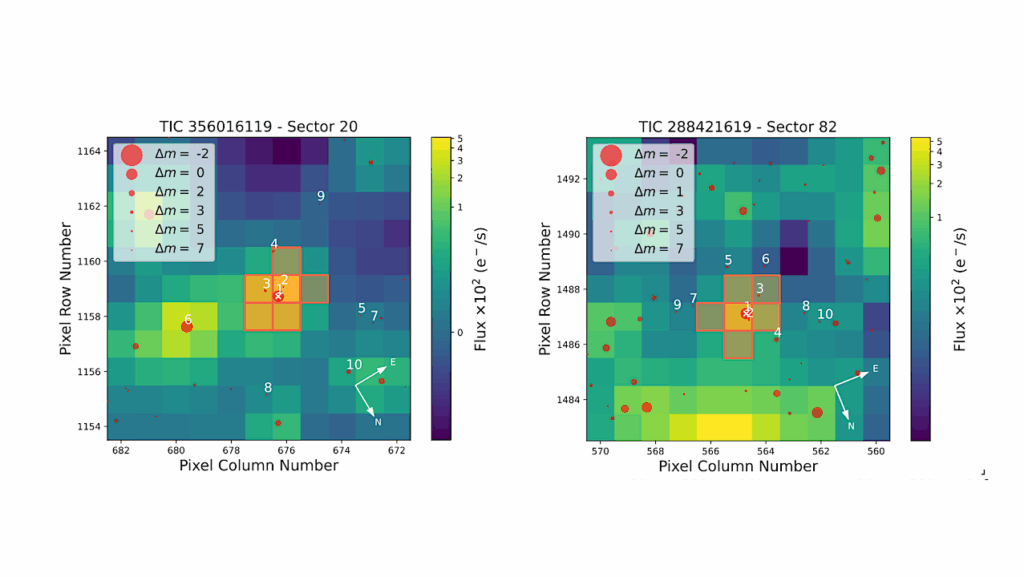A Catalog Of Habitable Zone Exoplanets

The search for habitable planets has revealed many planets that can vary greatly from an Earth analog environment.
These include highly eccentric orbits, giant planets, different bulk densities, relatively active stars, and evolved stars. This work catalogs all planets found to reside in the HZ and provides HZ boundaries, orbit characterization, and the potential for spectroscopic follow-up observations.
Demographics of the HZ planets are compared with a full catalog of exoplanets. Extreme planets within the HZ are highlighted, and how their unique properties may affect their potential habitability. Kepler-296 f is the most eccentric <2 R⊕ planet that spends 100% of its orbit in the HZ. HD 106270 b and HD 38529 c are the most massive planets (<13 MJ) that orbit within the HZ, and are ideal targets for determining the properties of potential hosts of HZ exomoons.
These planets, along with the others highlighted, will serve as special edge-cases to the Earth-based scenario and observations of these targets will help test the resilience of habitability outside the standard model. The most promising observational targets are HD 102365 b and 55 Cnc f, and the best candidates that are <2 R⊕ are GJ 667 C c, Wolf 1061 c, Teegarden’s Star b, and Proxima Cen b.
Michelle L. Hill, Kimberly Bott, Paul A. Dalba, Tara Fetherolf, Stephen R. Kane, Ravi Kopparapu, Zhexing Li, Colby Ostberg
Comments: Accepted for publication in AJ. 34 pages including 8 figures and 3 tables
Subjects: Earth and Planetary Astrophysics (astro-ph.EP)
Cite as: arXiv:2210.02484 [astro-ph.EP] (or arXiv:2210.02484v1 [astro-ph.EP] for this version)
Submission history
From: Michelle Hill
[v1] Wed, 5 Oct 2022 18:04:14 UTC (4,933 KB)
https://arxiv.org/abs/2210.02484
Astrobiology



